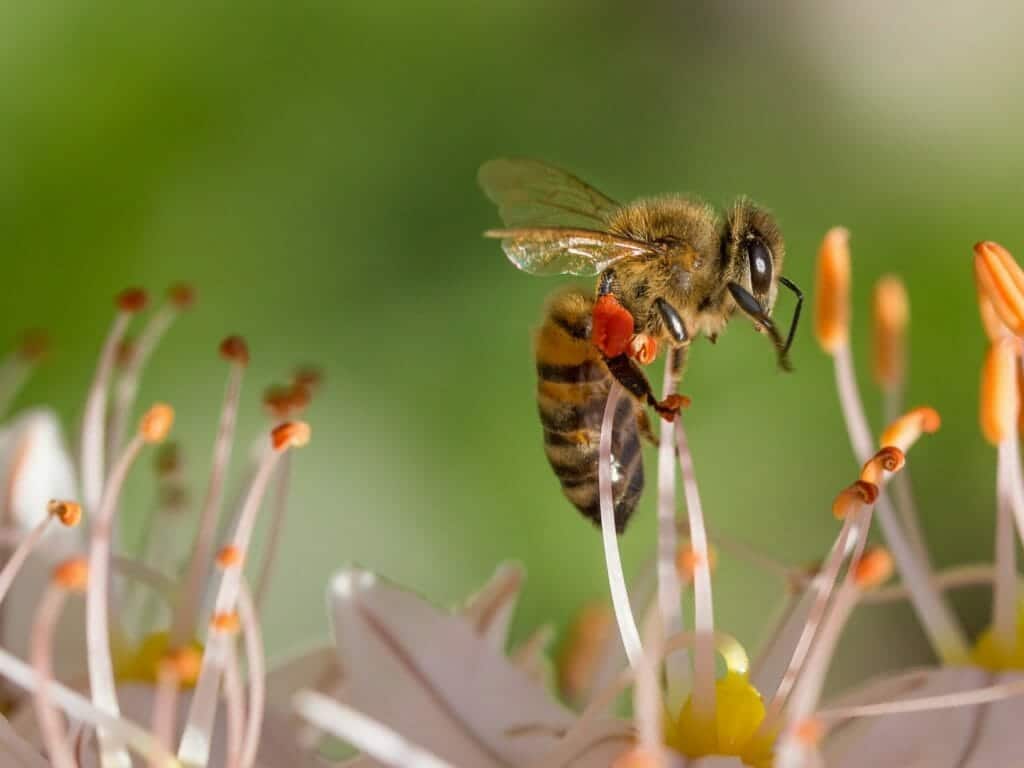“Bee-friendly gardens” are not just a fad, they’ve become a necessity. In our ever expanding urban environment, bees are finding it harder and harder to find food and other important resources.
Have you ever tried to view your backyard from a bee’s perspective? This is what beekeeper and author Doug Purdie suggests in the opening pages of his book The Bee-Friendly Garden. If you were a bee foraging for nectar and pollen, how much would you find?
Look around most suburban backyards, writes Purdie, and you’ll likely see more grass than flowers. Plus, the current trend of ‘architectural plants’ (often non-flowering) isn’t helping the plight of urban bees.
Add to that the building booms going on in many cities, with more and more land released to housing estate developers. Purdie has seen his backyard honey production drop dramatically.
So, it’s clear that we need to think more about bees, not only in regards to the plants we put in our gardens, but also in our urban development practices. Not just for honeybees either.
Purdie also notes the disappearance of native Blue Banded Bees from is yard. He suspects that the local dirt or clay sites that they nest in has been dug up or built over. So if we want to care for our native pollinators too, the picture gets a little more complex.
As Bob the Bee Man writes, plants have to fulfil a number of purposes for bees. Aside from the obvious nectar and pollen, there needs to be leaf material for leaf cutters and resin for native stingless and resin bees.
Some solitary native bees also need specific twig shapes suitable for night roosting. Bob even suggest creating nesting sites for some bees in the form or pre-made holes in standing trunks and logs.
And then, there are the flowers. Australia is rich in plants that provide abundant pollen and nectar for honey producers. Many introduced plants thrive here too. So we can all do our part, starting in our own backyards or on our farms and properties.
Purdie’s book is a fabulous Christmas gift. Plus, The Rural Research and Research Cooperation has produced a planting guide for melliferous (honey-producing) flora. Available online: Bee Friendly: A planting guide for European honeybees and Australian native pollinators by Mark Leech.





